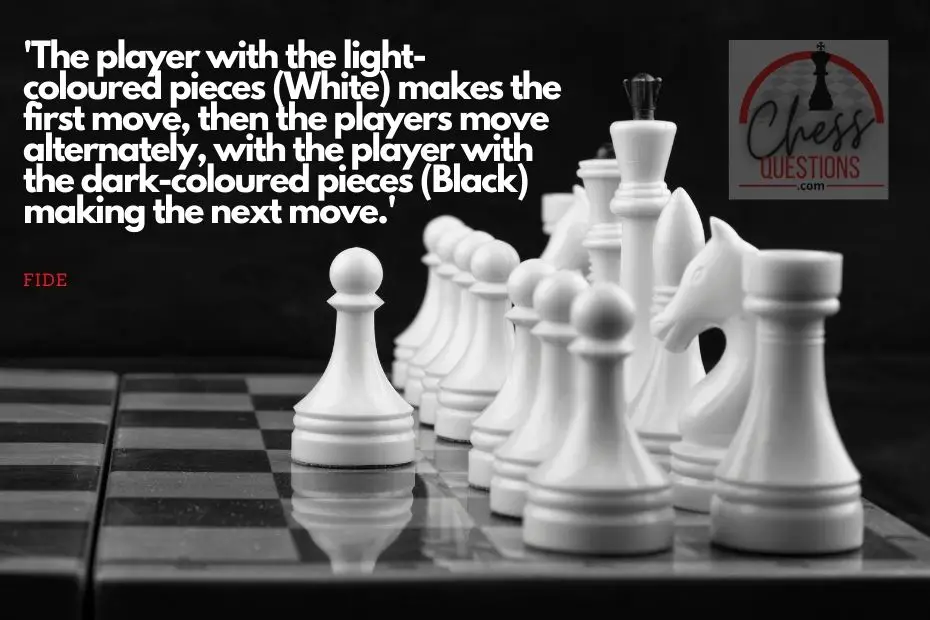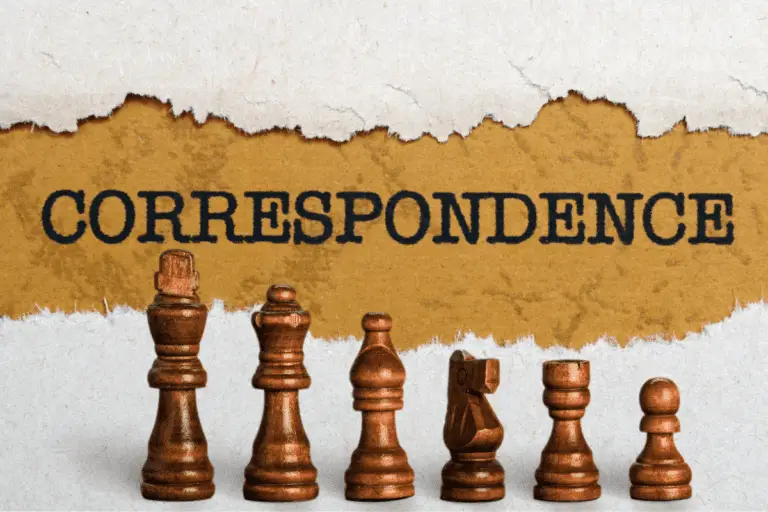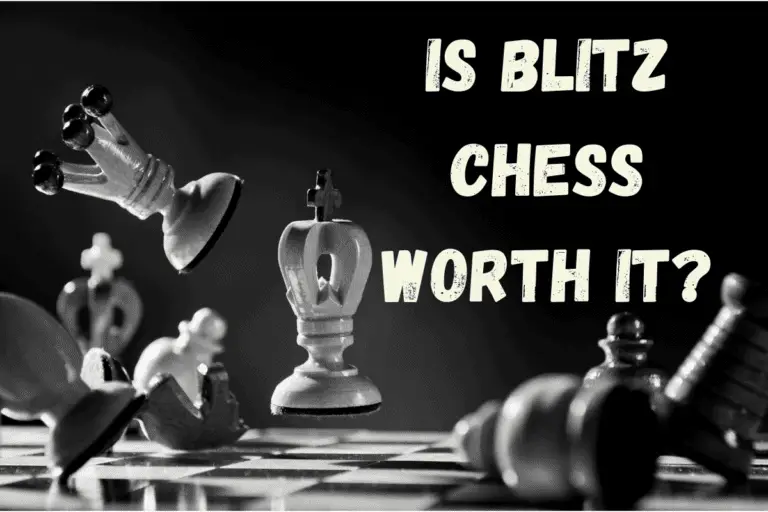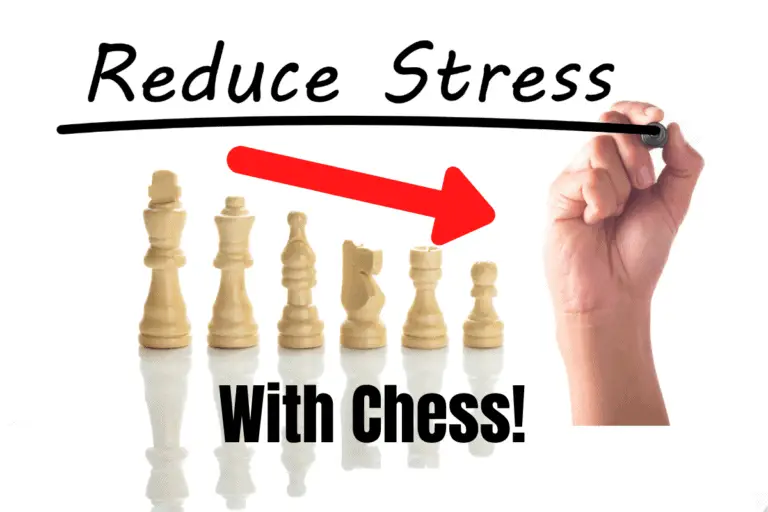Which Color Goes First in Chess? A. White (History and Reasoning)
⭐⭐⭐ Take 3 minutes to read and improve your chess game ➡️ : This article was first published on, and is Copyright of Chessquestions.com
The light pieces are to make the first move in an official or friendly game of chess, and this has been universally accepted since around 1880 since first being suggested a few years earlier in 1857. Prior to these dates, it was agreed either white or black pieces could make the first move.
There are probably few people who are not aware of this rule, the more common question being – Why does white go first in chess? That my friends is a whole new subject which I will tentatively answer but has its roots in the same answer as to which goes first.
A draw decides who goes first, but who wins the draw plays the “Light Pieces’
In actual fact it has very little to do with which ‘color’ goes first, rather, originally to decide who would go first, lots were drawn and it was determined that whoever won the draw would play with the white pieces and move first.
Today, the decision as to who makes the first move is made by draw and the winner plays with the white pieces.

From there is has somehow developed to White goes first, which is true enough, but is only a result of the player winning the draw to play first is automatically awarded the white pieces to play with.
And in any case, they are not in fact white pieces per se, rather, the player who wins the draw to go first plays with the ‘light’ pieces which in many cases happen to white, but can also be the lighter shade of brown in a set.
Anyway, I am rather going off-piste now, and we should get back to the history of how the decision was come about, since prior to the rule being drawn up, it pretty much relied on a preference on each player, and often disputes would arise if two-player turned up with their lucky black pieces to play, which would have caused confusion in itself.
Has White Always Moved First?
white did not always take the first turn in a game of chess, and it has many hundreds of years of history prior to the rule being put in place.
Previous to any rule it was simply an agreement between the two players who played first, and often a player would have a preference, sometimes through superstition, sometimes just because they preferred playing with or the other
Who decided that white should always go first?
Today the FIDE Laws of Chess is the official rule book, but originally, it was suggested for the first time via a couple of written letters in the mid-1800s that perhaps a steadfast official rule that the white pieces should be played by the player who won the draw to move first.
White Goes First in Chess Rule History Timeline
Here is how the history of the white goes first rule came about
1857 Johann Löwethals Letters
These letters were put forth with the suggestion of ‘“the advisableness of always giving the first move, in published games, to the player of the white pieces…” by Johann Löwenthal for the First American Chess Congress in 1857.
1880 Fifth Chess Congress
Perhaps to Löwenthal’s dismay, the rule was not put forth and he would have to wait until the Fifth Chess Congress in 1880 for it to appear in the Code of Chess Laws as most likely the first written existence of the rule for white to go first in a game of chess.
1889 Willeim Steinitz
In 1889 Wilheim Steinitz also wrote and suggested that lots should be drawn for who should play first and pieces of color to be chosen but that in official tournaments and matches that the player making the first move should always have the white pieces.
1931 FIDE official Standardized Rule
1931 was when FIDE finally and officially standardized the white moves first rule
Article 1: The nature and objectives of the game of chess
1.2 The player with the light-coloured pieces (White) makes the first move, then the players move alternately, with the player with the dark-coloured pieces (Black) making the next move.
Fide Laws of Chess
Why Does White Go First In Chess?
The reason white goes first in chess is a by-product of the rule that whoever wins the draw to play first is awarded the white pieces to play with.
It provided some order and consistency to official tournaments and thanks to later developments in computer science we now know there is a difference
Summary
Whilst the fact are there to be researched, read, and understood there are a number of other theories that lie within draconian and ages past thought processes to which I feel I need not delve and are discussed at length in other places.






